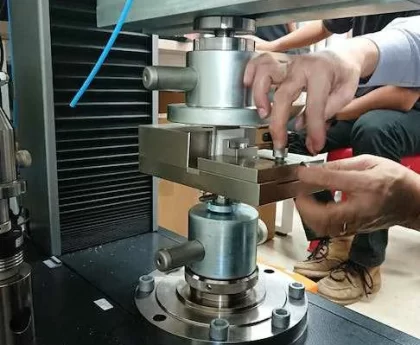The Future Development Trend of Photovoltaic Energy
In recent years, photovoltaic (PV) energy has emerged as a leading renewable energy source with the potential to revolutionize the global energy landscape. The technology behind PV energy has advanced rapidly, and its cost has plummeted, making it increasingly competitive with traditional fossil fuel-based energy sources. As we look ahead to the future, several key trends are expected to shape the development and deployment of PV energy.
1. Continued Cost Reduction
One of the most significant trends in the PV industry is the continued reduction in the cost of PV systems. This cost reduction has been driven by advancements in manufacturing processes, economies of scale, and improved efficiency of PV cells. With each passing year, PV modules become more affordable, making solar energy an attractive option for a wider range of consumers and businesses.
This cost reduction has been particularly evident in the installation and balance-of-system (BOS) costs associated with PV systems. Advances in installation techniques, streamlined regulations, and standardized components have all contributed to lower BOS costs. Additionally, the integration of energy storage solutions with PV systems is becoming more widespread, further enhancing the economic viability of solar energy by enabling the capture and utilization of surplus electricity.
2. Technological Advancements
As research and development efforts continue, technological advancements are expected to play a pivotal role in the future development of PV energy. New materials and designs are being explored to improve the efficiency and performance of PV cells. For instance, perovskite solar cells have gained significant attention in recent years due to their high efficiency and low manufacturing costs. These cells could potentially replace conventional silicon-based cells in the future.
In addition to improving cell efficiency, researchers are also focusing on developing more durable and lightweight PV materials. Flexible and transparent solar panels that can be integrated into building materials, windows, and even clothing are being developed. These advancements will not only increase the overall deployment of PV systems but also enhance their aesthetic integration into urban landscapes.
3. Enhanced Energy Storage and Grid Integration
Efficient energy storage is crucial for ensuring the reliability and stability of PV systems. As the share of renewable energy in the grid grows, the need for cost-effective and scalable energy storage solutions becomes even more critical. Currently, lithium-ion batteries dominate the market, but research is underway to develop new battery chemistries with higher energy density, longer cycle life, and lower cost.
Furthermore, grid integration technologies are being developed to accommodate the growing penetration of solar energy. Smart grid systems, advanced power management algorithms, and demand-response programs are being implemented to optimize the utilization of PV-generated electricity and ensure grid stability. These technologies enable efficient balancing of supply and demand, facilitate the integration of intermittent renewable energy sources into the existing grid infrastructure, and help mitigate the variability and intermittency associated with solar energy.
The future of photovoltaic energy is bright. Continued cost reduction, technological advancements, and enhanced energy storage and grid integration are expected to drive the widespread adoption of solar energy in the coming years. As PV systems become more affordable, efficient, and seamlessly integrated into the grid, we can envision a future powered by clean, abundant, and sustainable solar energy.
.webp)




